Entitled Infinite Freedom, A World for a Feminist Democracy and dedicated to the exclusive invitation of around fifty women artists and architects, the 2022 Biennale of FRAC Centre-Val de Loire is primarily intended as a festival geared towards a new imaginary founded on equality, in which various social, militant, and artistic readings cohabitate, with a view to instilling a new kind of common sense.
Pursuing Feminist Commitment
In the wake of the constant battles for freedom throughout history, that which seems the most urgent and among the most threatened, remains that of the feminist struggle. In 2017 and 2019, the Biennales organised by the FRAC Centre-Val de Loire paved the way to exhibiting women artists and architects. In this sense, the recent exhibitions and acquisitions have been reinforcing the idea whereby the creation of a memory of women artists is a civil, social, and political responsibility that the FRAC Centre-Val de Loire is committed to, as a public institution. The concept of “feminist democracy” that we borrow from author Marie-Cécile Naves gives rise to several questions that lie at the heart of the Biennale: which cities and urbanism programmes are devised by and for women? How can their productions emerge from their invisibility? What interpretation of the history of the arts can be seen through the lens of feminisms?
A Local Biennale for Vierzon
FRAC Centre-Val de Loire, in its capacity as a regional institution for the dissemination and advocacy of contemporary art, maintains its position within the territorial fabric. Maintaining a fruitful partnership with the city since 2018, Vierzon’s candidacy was very naturally retained to host the event. Armed with its industrial and agricultural character, at the intersection of five rivers, we have used this context to set the scene of the Biennale. The majority of the artworks devised by the artists and architects emerge from a conversation with the city: its history, present, inhabitants and dreams for the future. This is how the Biennale has become an event driving the urban, architectural, and artistic dynamic, as much as it is also a moment for building harmonious community relations.
Landscapes
Several landscapes will be drawn throughout Vierzon. The first powerful act of this event will be that of its occupation of public space. The works by the artists and architects, designed in resonance with the city, will sketch out new urban practices through their integration within the landscapes of everyday life. In parallel, the exhibition The World Built by Women will bring together three French collections (Centre Pompidou, Cité de l’architecture et du patrimoine, and Frac Centre-Val de Loire) and will explore the plurality of the productions created by women architects, from social housing to memorial sites.
Throughout the Biennale, Tiers Féminisme, at once a forum for debates and cultural programming, will invite Vierzon women artist and architects to interact together, to think about an ideal society and accompany the transformations of public policies and civilian actions.
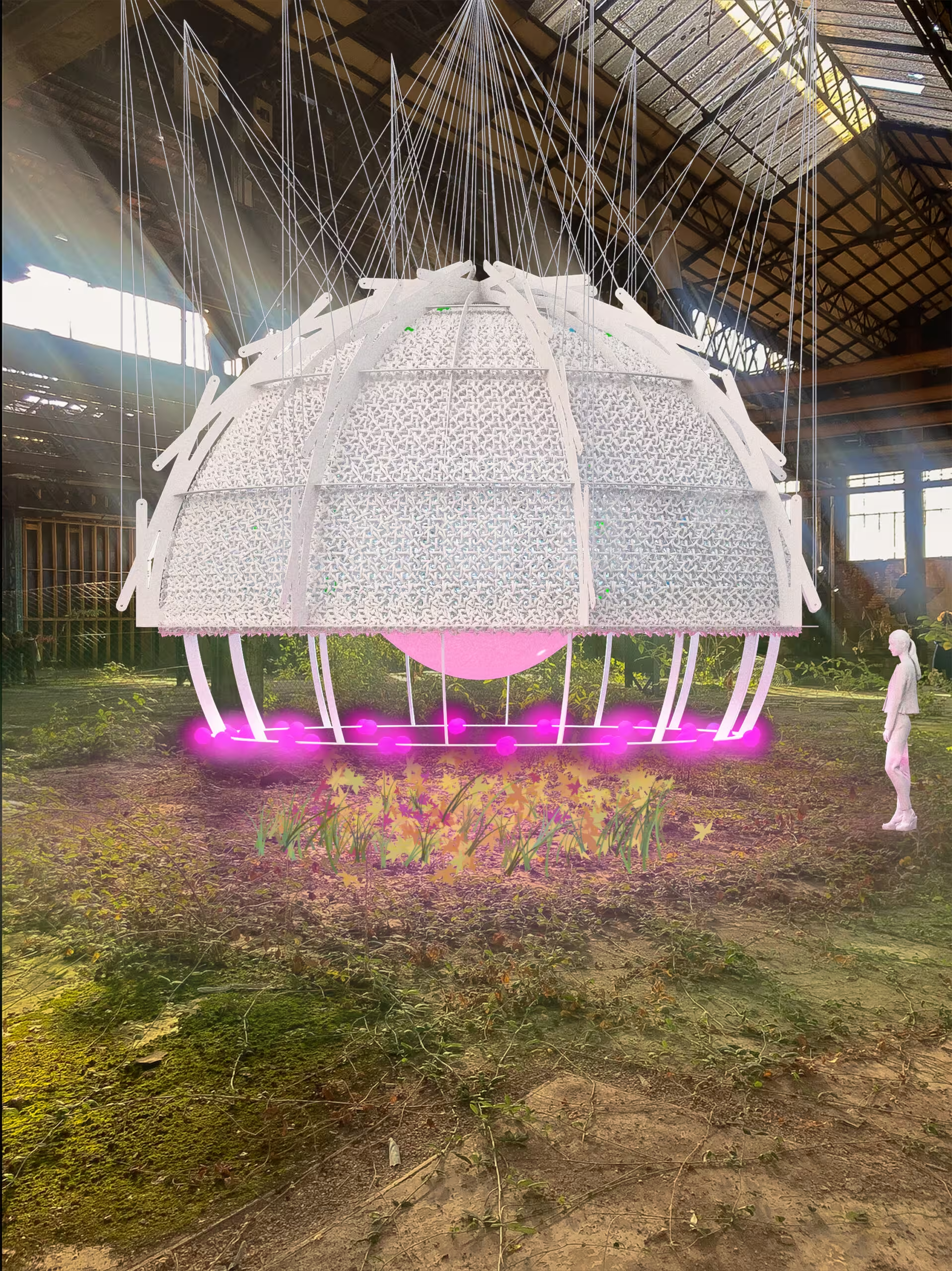
The Utopia of Territories
The first powerful act of this event is that of its integration within public space, the place where gender inequalities play out, hegemonic masculinities, the banalisation of the harassment of women, and avoidance strategies. Through this act, we aim to participate in the new dynamics of participatory democracy such as women’s marches. While the geography of gender has demonstrated that urban space is a sexed territory where women have always maintained complex relationships with the city, this Biennale is intended as a site of symbolic appropriation. A site in which artists’ and architects’ works sketch out new urban practices and fall tangibly within the space of the city, its heritage, squares, and loci of sociability and leisure activities. Beyond that, this Biennale hopes to cultivate the ability for artworks to inhabit the city and be combined with the practices of everyday life. Within the perspective of a vast experiment on the scale of reality, we would like the artwork to form an event beyond the spaces traditionally dedicated to art.
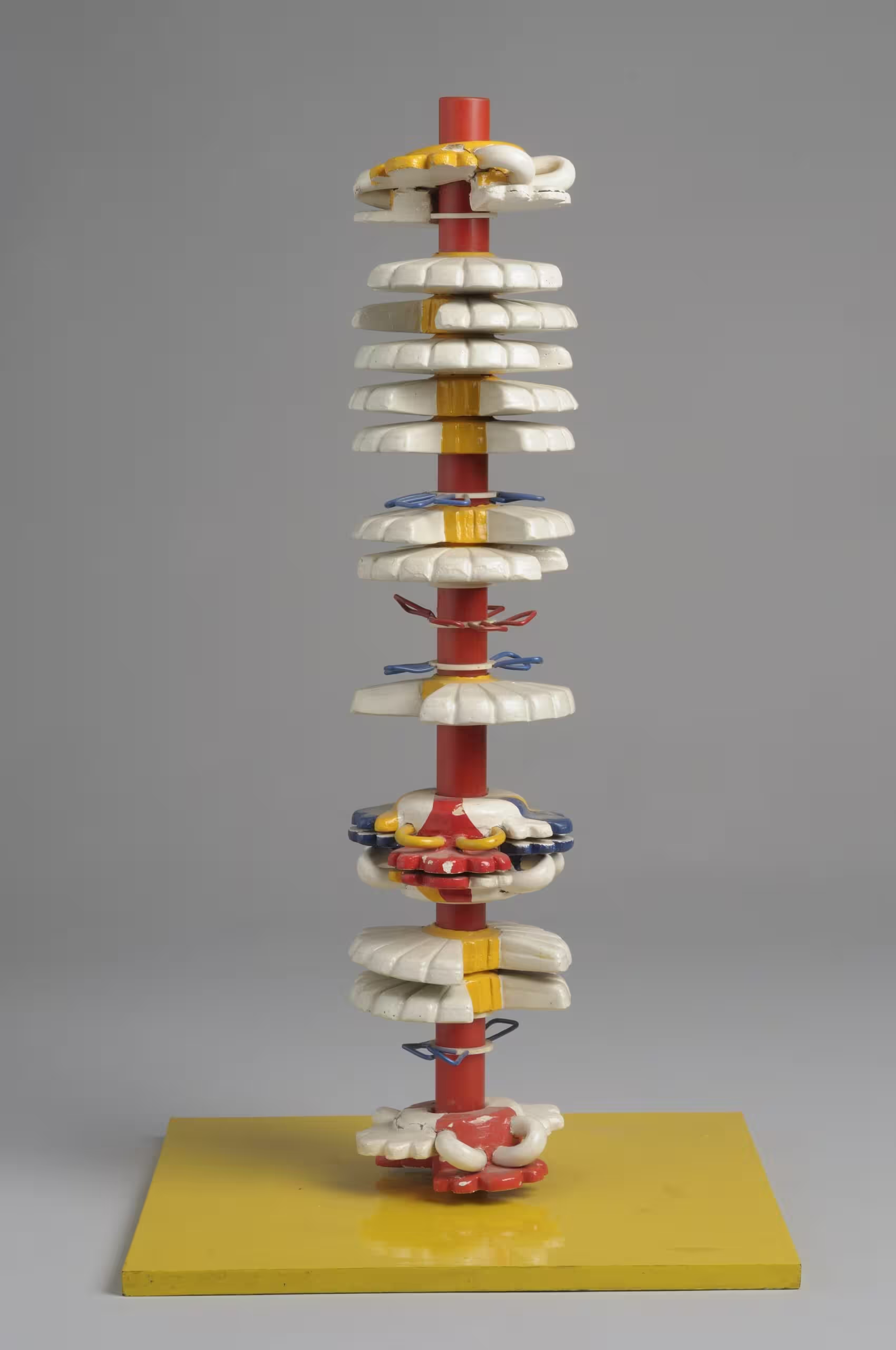
The world built by Women
This exhibition inscribes the reflections of the Biennale “Infinite Freedom, A World for a Feminist Democracy” in a theoretical and historical lineage around architecture, with its manufacturing of territories and its utopias. The title pays homage to the multiple meanings of the word “world” in the writings of Hannah Arendt, understood as the construction of a community among human beings. The “man-made world” of the philosopher’s text is transformed to reference women’s work, but also to recall the role of language in becoming visible and in the power to act.
The Woman-Made World presents a series of architectures that we consider emblematic in conceptualizing our place in the world, as a space of relationship, roots, and dreams.
Through conceptual and empirical projects, the architects presented here question the concept of modernity inherent in the discipline. They reestablish a place for use and custom, long supplanted by architects’ fantasizing.
Between the architecture of impermanence of Saba Innab and the architecture of relationship of Renée Gailhoustet and Iwona Buczkowska, this landscape sketches a new semantics of the act of “dwelling” and of “building.” The holistic vision of Tatiana Bilbao, the cognitive environments of Angela Hareiter, and the disaggregated forms of Zaha Hadid cohabit in this exhibition of approaches, sometimes anachronistic in relation to each other, but nonetheless necessary to the history of architecture.
Through this first narrative, perhaps it might be possible, in the words of researcher Stéphanie Bouysse-Mesnage, to “look at what gender makes of architecture.”
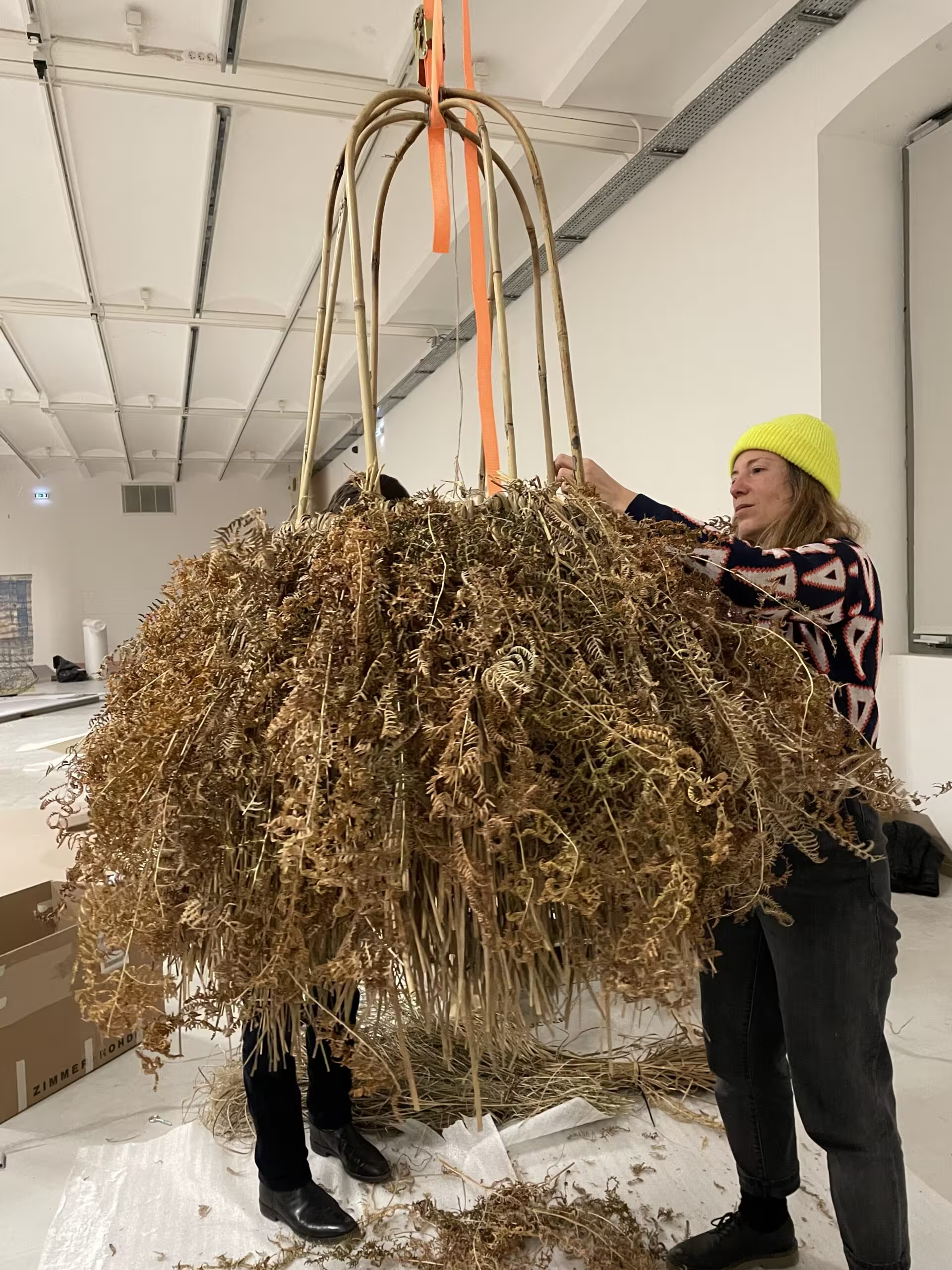
The Third Feminism
Based on these observations one could doubt the laws and manners of these early men, since the most enlightened have not been able to agree on the subject. I, ignorant as I am, wish to attempt to go astray as others have. And who knows whether or not I will come across the truth?
Olympe de Gouges, Lettre au peuple, 1788-1789
Feminism, with its great diversity, is offered in multiple forms – there is not just one feminist path. Since the late seventeenth century, the question of the rights, citizenship, and emancipation of women has been posed through political, social, and anticolonial struggles. If this biennial wants to overcome its singular relationship to the history of artand to use the concept of feminist democracy to update the interpretation of the discipline, it therefore needs to question the new practices of equitable citizenry, the role of women in the creation of cities and territories, while taking into account the specific history of Vierzonnaises. Indeed, considering their social existence, their role in the public sphere, through education, the economy, sociability, and labour, and concerning ourselves with their role as “collective agents” is of the utmost pertinence.
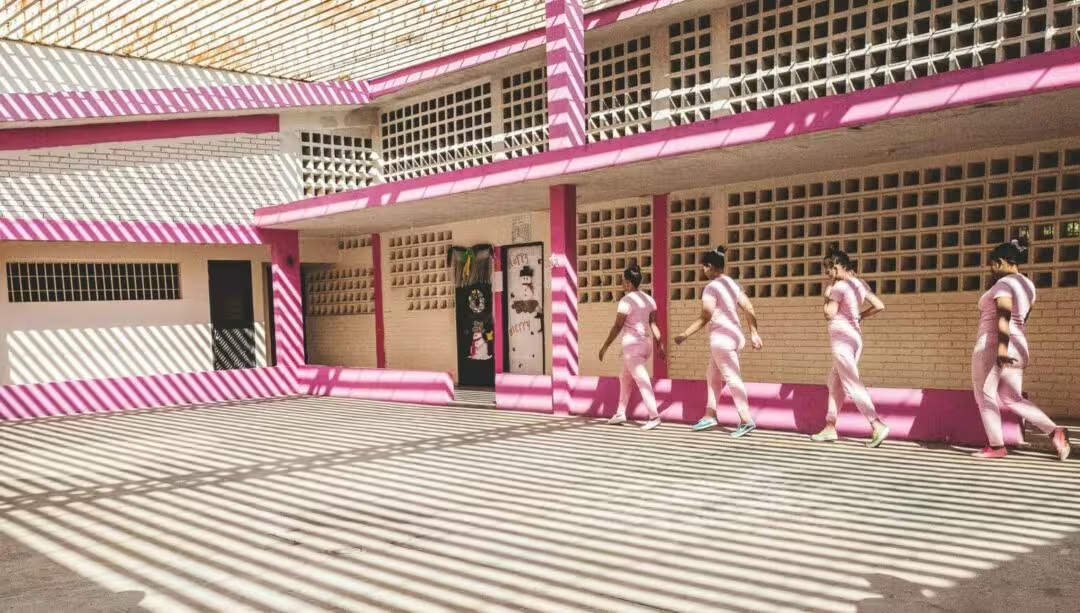
The subversive tenderness
Exhibition at the Frac Centre-Val de Loire in Orléans 16/09/2022 05/02/2023
The encounter between these two terms imposes itself as the obvious conclusion of the transformations of art in an unstable and fragile world. Subversive tenderness is, in the exhibition[n1] , the contemporary alternative to the modernist avant-garde.
The French dictionary Le Littré teaches us that tenderness is Nature: “no scissors, potter’s wheel, or paintbrush can approach the tenderness with which nature turns and rounds off its subjects.” But it also tells us that it is Culture: “once said of the softness, delicacy, and lightness of the paintbrush or scissors.” So here we have Nature & Culture conjoined in tenderness. On the one hand, the decor of a reality that accommodates our lives: architecture, town planning, industry, leisure time… In short, what we do. On the other hand, Nature, which hosts within its world a foreign world: ours. The meeting of these two worlds provokes a friction, a tension that so far seems to be a flop, if not a disaster.
Artists and Architects invited
Ana María Arévalo Gosen, Louisa Babari, Sophie Berthelier & Véronique Descharrières, Agence d’architecture Bientôt, Tatiana Bilbao, Flora Bouteille & Victor Villafagne, Iwona Buczkowska, Pascale Cassagnau et Michel Drach, Clémentine Chalançon, Katharina Cibulka, Collectif Offence, Dorian Degoutte, Rokhaya Diallo, Alice Diop, Penda Diouf, Férielle Doulain, Juliet Drouar, feminist architecture collaborative, Renée Gailhoustet, Habibitch, Zaha Hadid, Clarisse Hahn, Angela Hareiter, Anne Houel, Mai Hua, Saba Innab, Flora Jamar, Mouna Jemal Siala, Hanna Kokolo, Cécile Le Talec, Mireia Luzárraga & Alejandro Muiño (Takk), Grace Ly, Brigitte Mahlknecht, María Mallo Zurdo, Ovidie, Flavie Pinatel, Anna Ponchon, Anila Rubiku, Leïla Saadna, Mairea Seguí Buenaventura, Pascale de Senarclens, Giovanna Silva, Ségolène Thuillart, Laure Tixier, Lindsey Tramuta, Elvira Voynarovska, Madelon Vriesendorp & Teri Wehn-Damisch.
Schools : l’École Nationale Supérieure d’Art de Bourges : Agathe Flamant, Juliette Duval, Yuan Hong, Alice Le Quellec, Xilong Cao et Yu Zhiming. L’École Polytechnique de Valence en Espagne : professeure Mónica García Martínez, et guest professeure María Jesús Muñoz Pardo et ses étudiants.
Collective : Antre-Peaux
Higher education projects
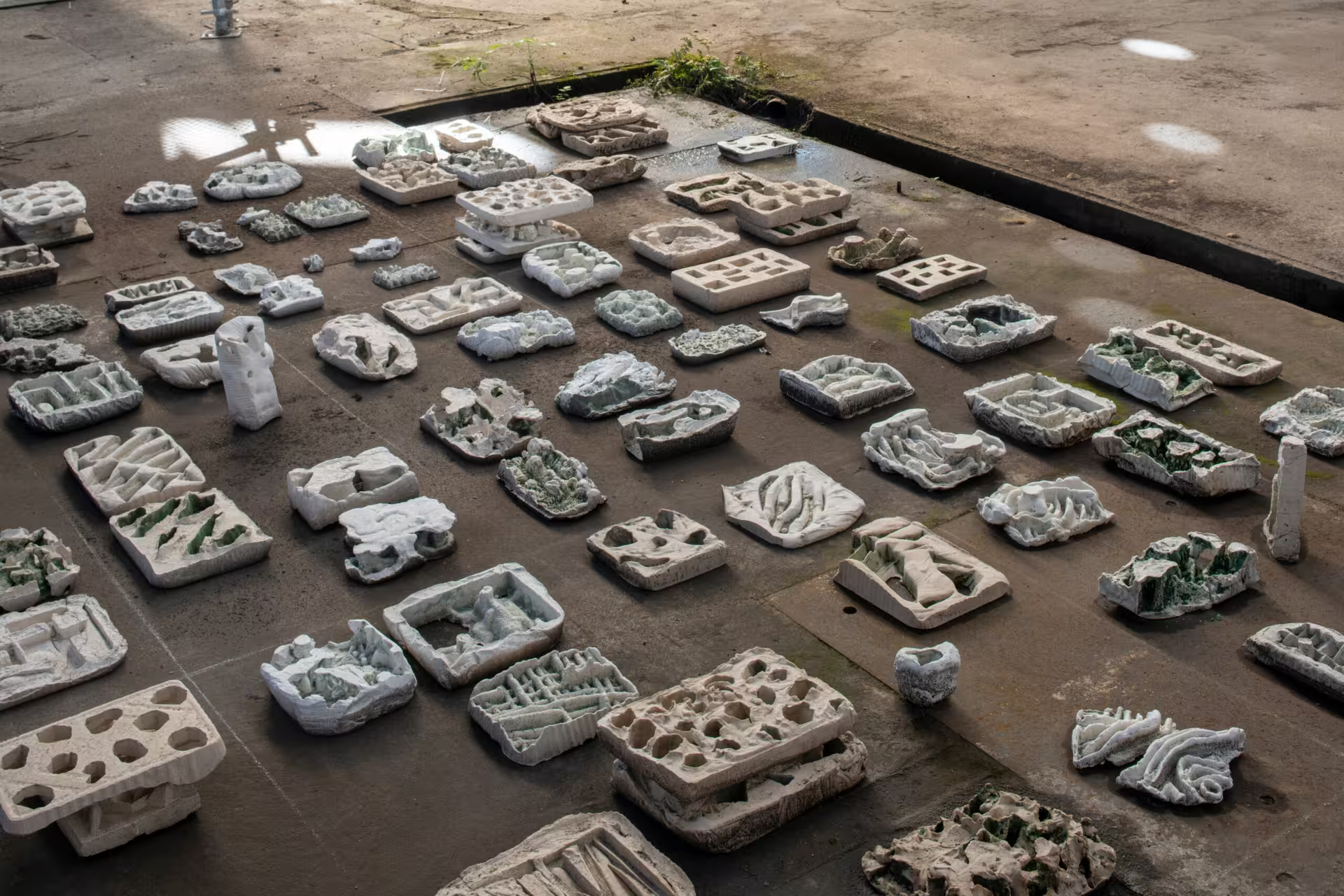
Polytechnic School of Valencia in Spain
Mónica García Martínez, María Jesús Muñoz Pardo, Beatriz García Bustamante et leurs étudiant·es.
The fundamental pedagogical objective of this course is to use project practice to question the relationship between art and architecture, its insertion into urban reality and its impact on social space. The selection of a non-abstract urban context is essential. The public space is proposed as a research laboratory. Boundaries will be established in order to focus the work on a specific fragment of an urban-social reality.
The other fundamental issue is the need to relearn the essence of things, which means taking direct samples of reality and summarising urban reality. It’s like doing a kind of archaeology of the present.
Finally, a real project, a temporary intervention or construction, will be developed.
The project will emerge from prior knowledge of and engagement with the concrete urban context of Vierzon town centre.
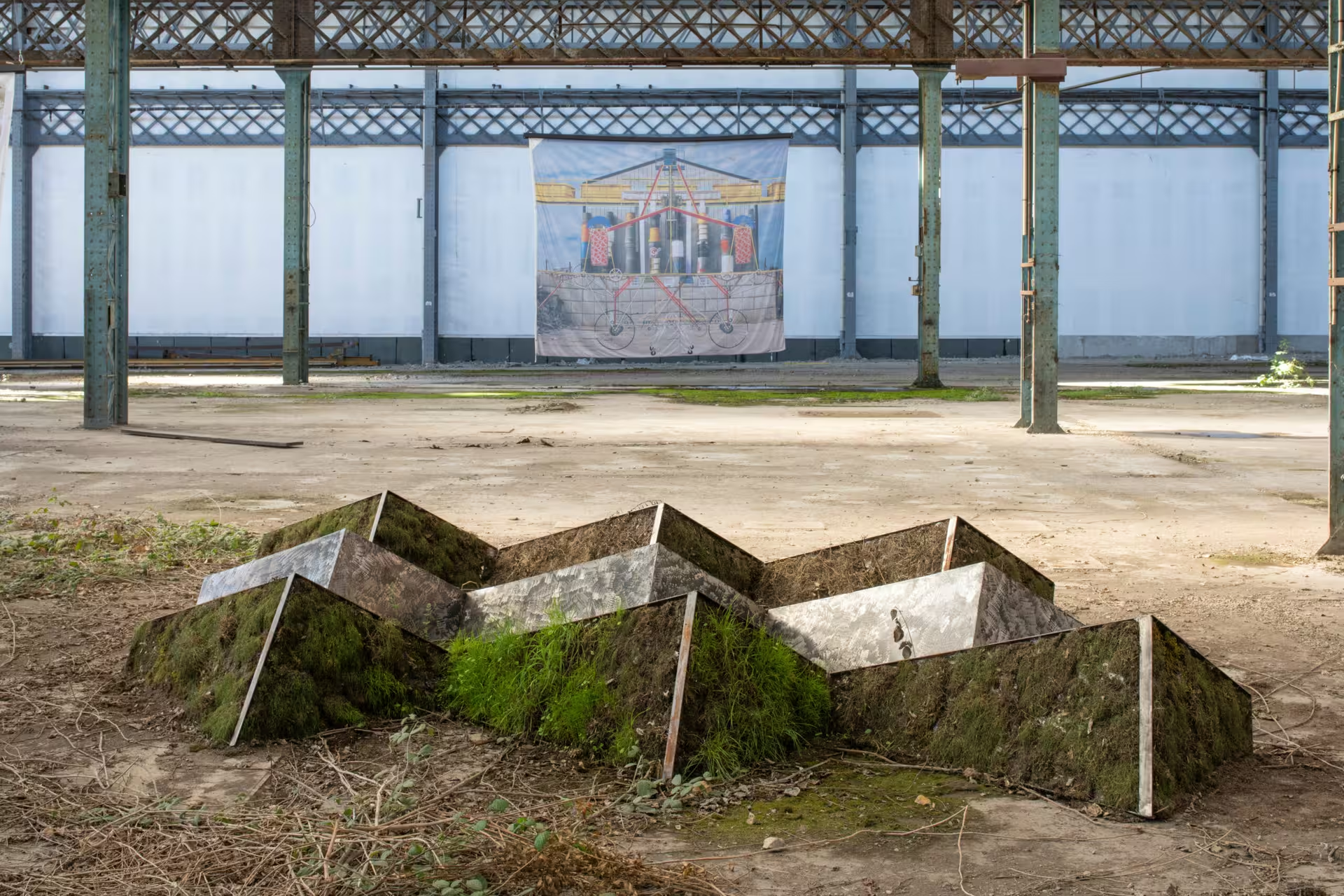
École Nationale Supérieure d’Art, Bourges
Laure Tixier, Frédéric Herbin et Eric Aupol et leurs étudiant·es : Agathe Flamant, Juliette Duval, Yuan Hong, Alice Le Quellec, Xilong Cao et Yu Zhiming.
“The idea is to occupy the city and some of its sites and spaces, and define or physically construct alternative spaces to allow a unique geography of the territory to be established. Vierzon has a working-class social and political history (Vierzon la Rouge / Vierzon the Red). Just as certain bodies retain the memory of actions from past productions, some architectures can be read as traces of this history, palimpsests of what the industrial fate of the country once was, up until its gradual decline. A central hub for railways and motorways, Vierzon is also a place where rivers meet. These intersections are also the signs of a cartography, a topography that unfolds and creates potential encounters and unusual times and spaces.
This year, we continue to question our relationships to place, position, territory, habitat, architecture, and urbanism. From this experience within a singular context – Vierzon – and through an approach to its history and spaces, it is our task, through the development of objects and stories testifying to a practice, to rethink our relationships to spaces, to question these systems and ways of life that are ripe for reinvention. Finally, we develop a reconstruction of various artistic proposals from participants, in close connection with the city and FRAC Centre–Val de Loire.”
